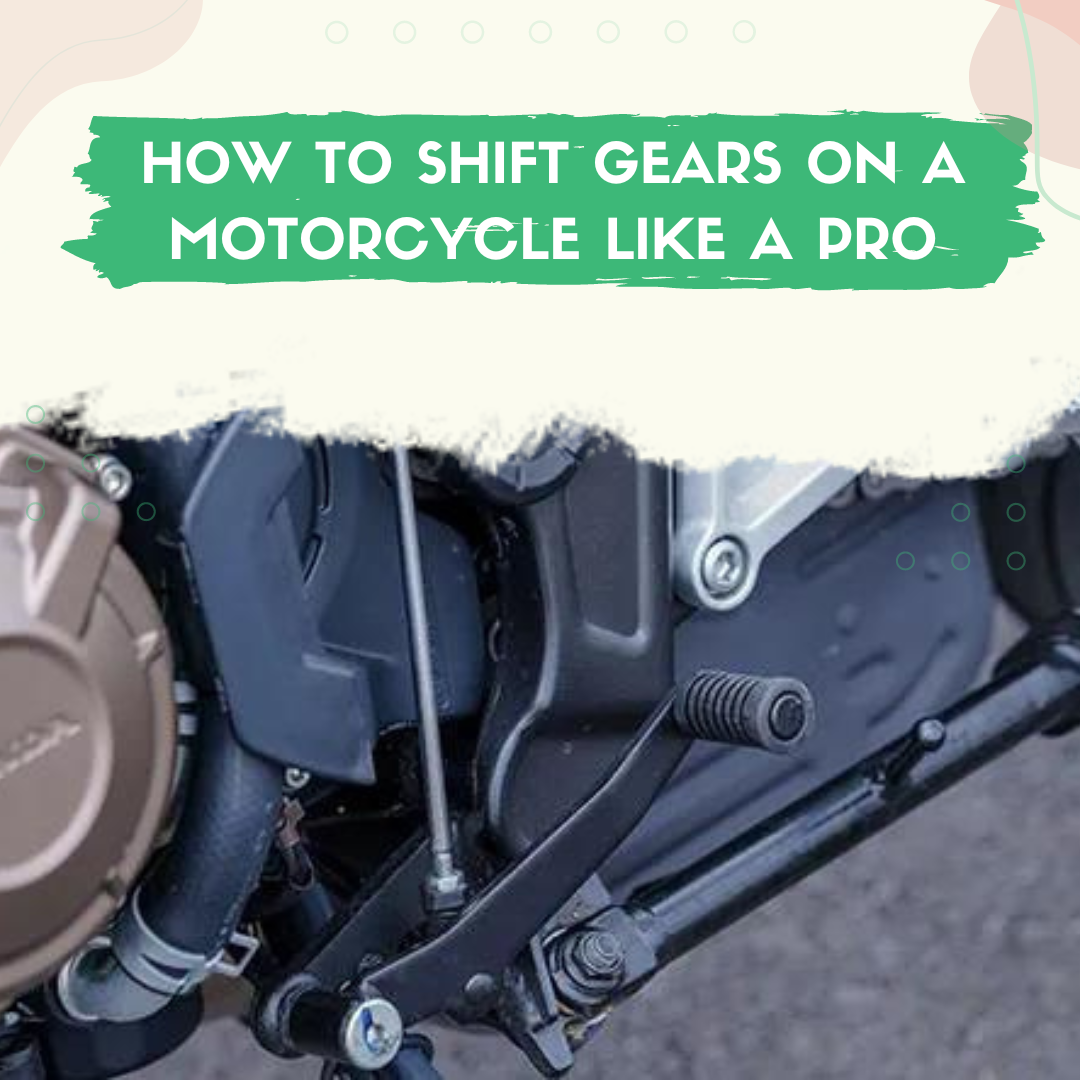Published: 23 June 2023
Updated: 24 March 2025
Riding a motorcycle offers unmatched freedom, but mastering gear shifting is key to enjoying the open road.
Explore our children’s motorcycle collection at RiiRoo for young riders.
So, how do you shift gears on a motorcycle? Let’s break it down.
Understanding Motorcycle Controls
To shift gears smoothly, you’ll need to master three key controls: the clutch lever, gear shift lever, and throttle.
| Control | Function |
|---|---|
| Clutch Lever | Disengages engine power for gear shifts |
| Gear Shift Lever | Shifts gears up or down with your left foot |
| Throttle | Controls speed—twist to accelerate, release to slow |
The gear shift lever, located on the lower left side, uses a “one down, five up” pattern: first gear is down from neutral, then second through sixth are up.
| Position | Gear |
|---|---|
| 6 Up | 6th Gear (Highest) |
| 5 Up | 5th Gear |
| 4 Up | 4th Gear |
| 3 Up | 3rd Gear |
| 2 Up | 2nd Gear |
| 1 Up | 1st Gear |
| Neutral | Neutral (Between 1st and 2nd) |
Check your bike’s manual for its specific pattern—with practice, shifting becomes second nature.
Related: Do Motorcycles Have Automatic Transmissions?
Modern Features
Modern bikes often include gear memory (showing your current gear) and neutral finder (easing neutral selection when stopped).
These features help beginners, but mastering manual shifting remains essential.
Starting the Bike
Straddle the bike, ensure it’s in neutral, and start the engine—safety first!
How to Shift Gears
Engage the Clutch
Pull the clutch lever with your left hand to disengage the engine from the transmission.
Shift Gears
Use your left foot to lift the gear shift lever—each upward click moves you up a gear (e.g., from neutral to second).
Release the Clutch
Gradually release the clutch while gently rolling the throttle with your right hand to accelerate smoothly.
Repeat the Process
As speed increases, repeat these steps to shift up through the gears.
Related: 5 Mind-Blowing Facts About Dirt Bike Gears
When to Shift Gears
Shift when the engine’s RPMs rise and you hear a high-pitched sound—typically at the top of each gear’s speed range.
Timely shifting prevents engine strain, reduces fuel use, and avoids “lugging” (stuttering in too high a gear).
Safety Tips for Gear Shifting
Shifting Practices:
- Grip handlebars firmly during shifts to maintain control.
- Avoid shifting mid-turn to prevent instability.
- Fully release the clutch after each shift to avoid high RPMs.
Emergency Handling:
- If you miss a shift, re-engage the clutch and try again calmly.
- In emergency braking, focus on braking first, then downshift before stopping.
Gear:
- Wear motorcycle boots and gloves for better grip on the shifter and levers.
Troubleshooting Gear Issues
Gear Slipping
If gears slip under acceleration, check for worn clutch plates, low transmission oil, or a misadjusted clutch.
Grinding Noises
Grinding during shifts may indicate a clutch not fully disengaging or worn gear teeth—adjust or inspect the transmission.
Finding Neutral
Struggling to find neutral? Roll the bike slightly, adjust the shift lever height, or check for clutch drag.
In Summary
Mastering gear shifting takes practice but unlocks the full thrill of riding.
Follow these steps, stay safe, and enjoy the journey!
FAQ’s
Can I start my motorcycle in any gear?
It’s best to start in neutral to avoid a jump start—starting in gear risks sudden movement.
What if my motorcycle stalls while shifting?
Ensure you’re in the right gear for your speed, restart in neutral, and practice smoother clutch release.
Is shifting to neutral while riding harmful?
It’s not harmful but can be unsafe—it cuts power to the wheel, risking loss of control.
Why does my bike make a grinding noise when shifting?
Grinding often means the clutch isn’t fully disengaging—adjust the clutch or check for worn gear teeth.
How can I improve my gear shifting?
Practice in a safe area, stay relaxed, and use simulators to build muscle memory.
Ready to Ride? 🚀
Loved our 2025 guide on shifting gears like a pro?
Explore more at RiiRoo.com or chat live with us!







Share:
How To Improve At Go Karting in 2025
Is There A Weight Limit For Go Karting in 2025?